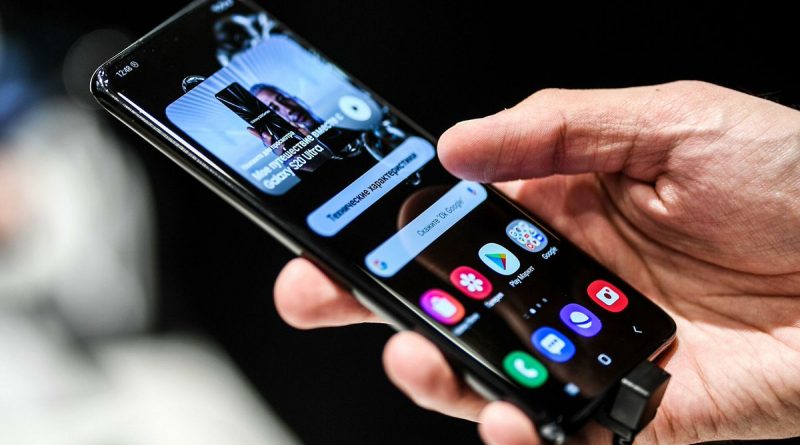Developed unbreakable glass technology for screens
Developed unbreakable glass technology for screens
Scientists from Australia, Great Britain, the USA and China have developed a technology for producing a new generation of composite glass, which can be used to make screens for LED lights, smartphones, TVs and computers. The new unbreakable glass provides crystal clear images. The material, based on lead halide perovskite nanocrystals, has bright photoluminescence in a narrow range of light.
“Lead halide perovskites can collect sunlight and convert it into renewable electricity, playing a vital role in lighting and inexpensive but highly efficient next-generation solar cells,” study leader Dr. Jingwei Hou of the University of Queensland cited in a press release.
In addition to lighting fixtures and solar panels, the new high-strength and transparent glass can be used in the manufacture of screens of electronic devices. Previously, it was produced only under tightly controlled laboratory conditions, because perovskite nanocrystals are extremely sensitive to light, heat and humidity. Even simple water vapor could destroy them in a matter of minutes.
“Our team of chemical engineers and materials scientists developed a process to bind the nanocrystals in porous glass,” Dr. Hou explains, “This process is key to stabilizing the material, improving its performance and preventing toxic lead ions from leaching out of it.
The liquid-phase sintering technology developed by the scientists made it possible to create a composite material consisting of metal-organic framework glasses with lead halide perovskites embedded in them. The resulting material is not afraid of moisture – it can be immersed in water. It is also resistant to heat and light. This opens up wide prospects for its application in a wide variety of fields.
“Currently, QLED or quantum dot LED screens are considered the best in terms of image quality and performance,” Hou continues. – Our technology is scalable and can easily be applied to their production.”
“Not only can we make these nanocrystals more robust, but we can tune their optoelectronic properties so that fantastic emission efficiencies are obtained, including much needed white light LEDs,” says another study author Professor Vicki Chen of the Materials Science Laboratory at the University of California, Santa Barbara. The authors hope that their discovery will lead to a new generation of nanocrystalline composite glass, which is in high demand in the energy and chemical industries.
